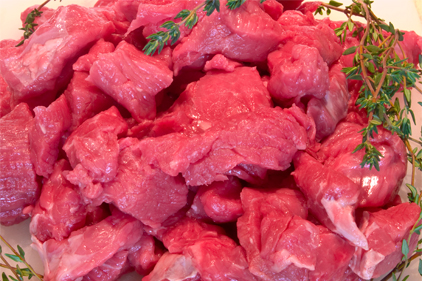
A report from the UK’s Environment, Food and Rural Affairs Committee says evidence suggests last year’s horse meat contamination was the result of fraud. The committee blamed “elements of the food industry seeking to make a profit and able to do so despite food traceability requirements,” and expressed disappointment prosecutions have not yet been brought in Ireland or the UK.
The report says there is significant variation in food sampling levels across the UK, due to local authority budget cuts and a decline in the number of public analysts and testing facilities. The committee calls for the government to be mindful about the impact of budget cuts on food sampling, and for local authorities to adopt a more targeted approach that includes testing food products likely to be contaminated even in the absence of information to suggest it is.
According to the report, the UK’s comparatively high incidence of bute in horses slaughtered for human consumption points to loopholes in the country’s horse passport system. The committee recommends the government work with the EU to establish a single database for issuing horse passports in all member states.
To restore consumer confidence in the authenticity of fresh and frozen meat products, the report recommends regular DNA tests on meat and meat-based ingredients in frozen or processed meat products. It further recommends the results be reported to the UK’s Food Standards Agency (FSA) and published on the retailer’s website, with additional costs being borne by the government and industry instead of being passed onto the consumer. “Consumers need to know that what they buy is what the label says it is,” says Committee Chair Anne McIntosh.
The report also recommends FSA improve communication with its counterparts in major trading partners including EU and Ireland, and be given the authority to compel the industry to carry out food testing when needed. Consumer confidence in European meat products diminished badly as the horse meat scandal played out, demonstrating the need for a comprehensive strategy to identify food fraud and contamination.
You can read the full report here.



